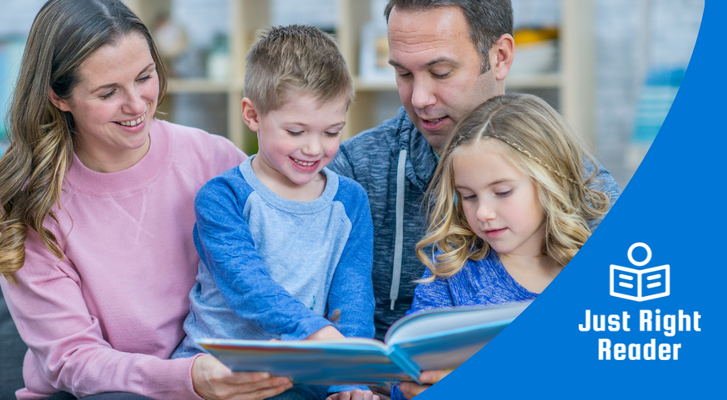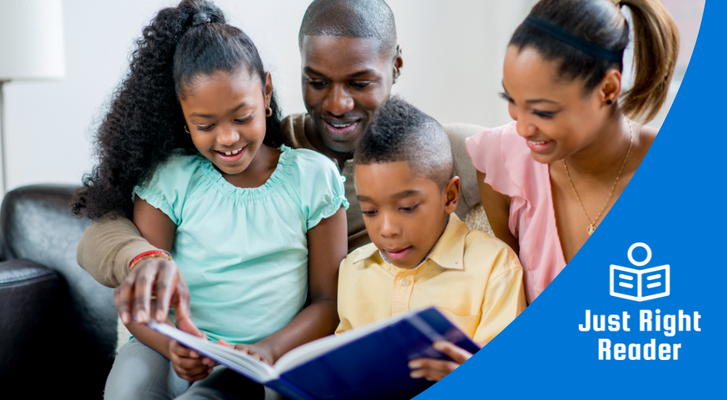
Scarborough's Reading Rope is an important model that demonstrates the complex and interconnected nature of reading development.
Educators must understand this model to effectively support the growth of skilled readers.
Let's explore its components and their importance in teaching students to read.
What is Scarborough's Reading Rope?
Dr. Hollis Scarborough created this metaphorical rope to capture the complexity of learning to read. It expands upon the language comprehension and word recognition skills needed for reading comprehension.
Scarborough's Reading Rope reflects the skills needed to be a skilled reader. It is grounded in theScience of Reading research, a body of research studies conducted over several decades to understand how students learn to read and identify the best practices for effective instruction.
Why is Scarborough's Reading Rope Important?
The Reading Rope was developed to better understand the skills needed for reading proficiency. Going beyond simpler models that might focus only on phonics or comprehension, the Reading Rope reveals the importance of a comprehensive approach to reading instruction that develops all critical skills together.
By understanding and applying the components of Scarborough's Reading Rope, educators can provide targeted and practical instruction that addresses all aspects of reading development.
The Strands of Scarborough's Reading Rope
Language Comprehension Strands

-
Background Knowledge is crucial for making connections between the text and the reader's own experiences or existing knowledge. Educators can enhance this by linking new information to familiar concepts.
-
Vocabulary is essential for understanding and using language effectively. Teachers can enhance vocabulary through direct instruction and contextual usage.
-
Language Structures involve grammar, semantics, and syntax, which are fundamental for constructing and understanding sentences. Instruction can include grammar games and sentence-building exercises.
-
Verbal Reasoning includes the ability to analyze text, understand figurative language, and draw conclusions, which is essential for higher-level comprehension. Strategies might include problem-solving discussions and critical thinking exercises.
- Literacy Knowledgerefers to knowledge about print, text structures, and genres essential for navigating various texts. Teaching this can involve exploring different types of texts and their purposes.
Word Recognition Strands

-
Phonological Awareness is the recognition and manipulation of sounds in spoken words. Use activities like rhyming games and segmenting sounds to develop this skill.
-
Decoding is the ability to apply knowledge of letter-sound relationships to read words. Use systematic and explicit phonics instruction and many opportunities for students to practice.
- Sight Recognition is the quick and automatic recognition of words, which is crucial for reading fluency. This can be developed through repeated exposure to high-frequency words.
How Does Scarborough’s Reading Rope Connect to the Simple View of Reading?
The Simple View of Reading demonstrates that reading comprehension is the product of word recognition and language comprehension. Scarborough's Reading Rope expands upon this view by breaking these broad categories into specific, teachable components.
It provides a roadmap for educators to systematically develop each skill, enhancing overall reading comprehension.
The Simple View of Reading

How Does Scarborough’s Reading Rope Connect to the 5 Pillars of Reading?
The Reading Rope explicitly represents each of the five pillars of reading - phonemic awareness, phonics, fluency, vocabulary, and comprehension. This model visually integrates these pillars, illustrating how they are not isolated skills but parts of a continuum in reading development.
For example, phonemic awareness and phonics are foundational in the word recognition strands, while vocabulary and comprehension are part of the language comprehension strands. Fluency is a bridge, enhancing the connection between decoding and understanding text.
![]() Our blog post,What are the 5 Pillars of Reading?, dives deeper into these critical components.
Our blog post,What are the 5 Pillars of Reading?, dives deeper into these critical components.
How Do Just Right Reader Decodables Align With Scarborough's Reading Rope?
Just Right Reader Science of Reading Decodables supports the development of foundational reading skills outlined in Scarborough's Reading Rope. These decodables effectively reinforce each strand, enhancing overall reading proficiency.
Word Recognition Strands

-
Phonological Awareness: Just Right Reader decodables help develop phonological awareness by focusing on sound manipulation and recognition through texts emphasizing phonemic patterns.
-
Decoding: Through a rigorous phonics progression, decodables provide opportunities for students to practice new phonics concepts. The decodable books are aligned with phonics lessons, providing ample practice in applying letter-sound relationships.
- Sight Recognition: Decodables contain grade-level high-frequency words. Repeated exposure to these words within various contexts in these books helps solidify sight word recognition, which is critical for fluency.
Language Comprehension Strands

-
Background Knowledge: Just Right Reader decodables include engaging and relatable stories that can link to students' prior experiences or introduce new concepts, expanding their background knowledge.
-
Vocabulary: Decodables introduce new vocabulary in a meaningful context, helping students learn how to decode new words and understand and use them in context. This approach supports vocabulary development, which is important for comprehension.
-
Language Structures: Through well-constructed sentences that align with appropriate developmental milestones of young readers, Just Right Reader Decodables support the understanding of syntax and grammar, critical components of language structures.
-
Verbal Reasoning: By providing clear and contextually rich texts, these books help students practice inferring meanings and making logical connections, enhancing their verbal reasoning skills.
- Literacy Knowledge: Just Right Reader decodables introduce students to various text structures and literary forms, such as stories and informational texts, aiding in developing literacy knowledge.
Use Just Right Reader Decodable Books to Accelerate Reading Achievement
With engagingClassroom Libraries andTake-Everywhere Decodable Packs, students have many opportunities to practice their decoding skills in an authentic reading experience, which allows them to become stronger readers.

Our Decodables Feature:
- An extensive library of 750+ titles in English and Spanish
- Engaging and relatable stories with relatable characters
- Evidence-based, rigorous phonics scope and sequence that aligns to all phonics programs and curriculums
- QR codes that link to memorable video lessons in English and Spanish
-
Personalized Take-Everywhere Decodable Packs that extend phonics practice from school into homes
Reference
Scarborough, H. S. (2001). Connecting early language and literacy to later reading (dis)abilities: Evidence, theory, and practice. In S. Neuman & D. Dickinson (Eds.),Handbook of early literacy research (Vol. 1, pp. 97-110). New York: Guilford Press.



















